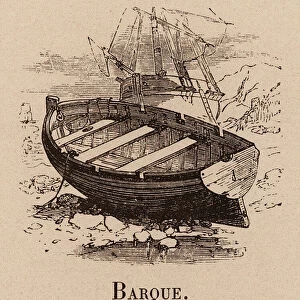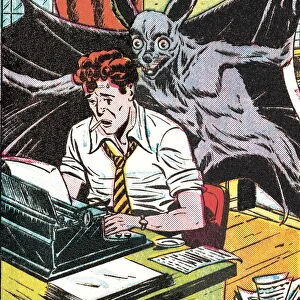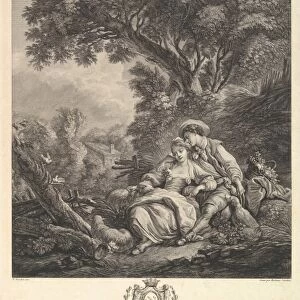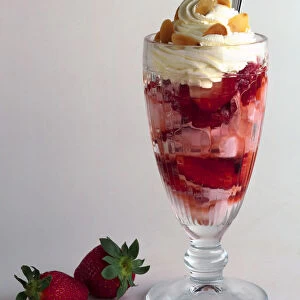Photo Mug : E. coli infection mechanism
![]()

Home Decor From Science Photo Library
E. coli infection mechanism
E. coli infection mechanism. Immunofluorescence deconvolution micrograph of Escherichia coli bacteria (centre). Bacterial DNA (deoxyribonucleic acid) is blue. Actin protein filaments, which make up part of the cytoskeleton, are green. Here the actin filaments are causing protrusions on the cells membranes known as pedestals, which help this pathogenic bacteria to attach to intestinal cells. The pedestals cannot be formed without the presence of the host cell protein tyrosine kinase Abl2, which is red
Science Photo Library features Science and Medical images including photos and illustrations
Media ID 6307379
© DR DAN KALMAN/SCIENCE PHOTO LIBRARY
Actin Bacteria Bacterial Bacterium Confocal Micrograph Cytoskeleton Deconvolution E Coli Escherichia Coli Filament Filaments Fluorescent Immunofluorescence Immunofluorescent Infection Pathological Pathology Pedestal Protrusions Stain Stained Bio Chemistry Biochemical Cells Deoxyribonucleic Acid Light Micrograph Light Microscope Micro Biology Microbiological Pathogen Pedestals Protein
Large Photo Mug (15 oz)
Bring the wonders of science into your daily routine with Media Storehouse's Photo Mugs. Featuring an intriguing image from Science Photo Library, this mug showcases the E. coli infection mechanism in stunning detail. Witness the immunofluorescence deconvolution micrograph of Escherichia coli bacteria, with bacterial DNA highlighted in blue. This unique and educational mug is not only a great conversation starter but also a perfect reminder of the amazing world of microbiology. Pour yourself a cup of your favorite beverage and savor the beauty of science, one sip at a time.
Elevate your coffee or tea experience with our premium white ceramic mug. Its wide, comfortable handle makes drinking easy, and you can rely on it to be both microwave and dishwasher safe. Sold in single units, preview may show both sides of the same mug so you can see how the picture wraps around.
Elevate your coffee or tea experience with our premium white ceramic mug. Its wide, comfortable handle makes drinking easy, and you can rely on it to be both microwave and dishwasher safe. Sold in single units, preview may show both sides of the same mug so you can see how the picture wraps around.
These are individually made so all sizes are approximate
EDITORS COMMENTS
This print from Science Photo Library showcases the intricate mechanism behind an E. coli infection. In this immunofluorescence deconvolution micrograph, Escherichia coli bacteria take center stage, their presence highlighted by a striking blue hue representing their DNA. The green actin protein filaments, which form part of the cytoskeleton, add another layer of complexity to the image. What makes this image truly fascinating is the formation of pedestals on cell membranes caused by these actin filaments. These protrusions play a crucial role in enabling pathogenic bacteria like E. coli to attach themselves to intestinal cells and initiate infection. However, what sets this process apart is that these pedestals cannot be formed without the involvement of host cell protein tyrosine kinase Abl2 - depicted here in vibrant red. The combination of various staining techniques and fluorescent dyes has allowed scientists to capture this momentous interaction between bacterial pathogens and host cells with remarkable precision using light microscopy methods. This photograph not only highlights the beauty within biological processes but also serves as a valuable resource for researchers studying pathology, microbiology, biochemistry, and beyond. Science Photo Library continues its tradition of providing awe-inspiring visuals that bridge artistry and scientific discovery through images like this one – offering us a glimpse into the microscopic world where life's most intricate battles unfold before our eyes.
MADE IN THE USA
Safe Shipping with 30 Day Money Back Guarantee
FREE PERSONALISATION*
We are proud to offer a range of customisation features including Personalised Captions, Color Filters and Picture Zoom Tools
SECURE PAYMENTS
We happily accept a wide range of payment options so you can pay for the things you need in the way that is most convenient for you
* Options may vary by product and licensing agreement. Zoomed Pictures can be adjusted in the Basket.














